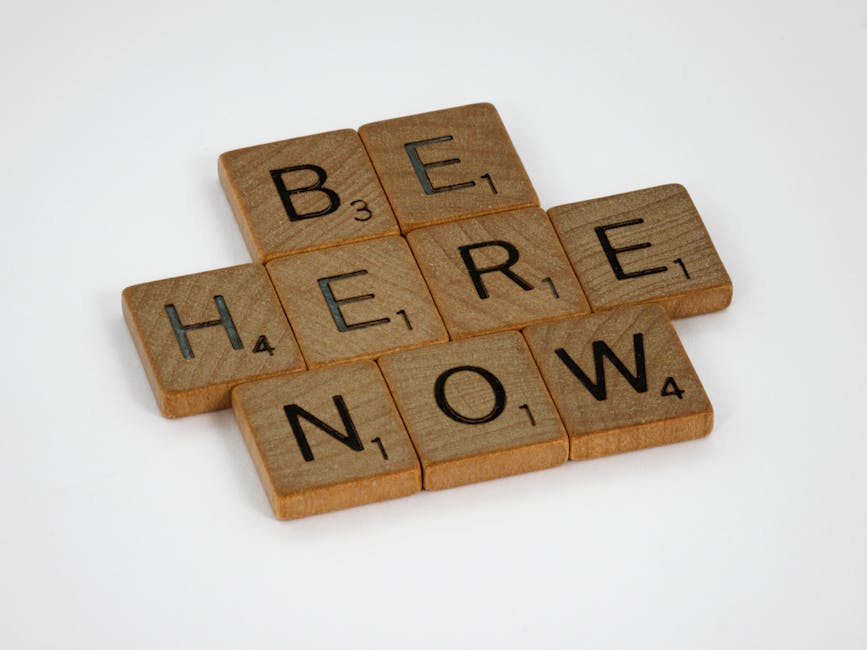Learning how to restore hardwood floors without sanding is a game-changer for homeowners who want to revive their floors without the dust and disruption of traditional sanding methods. This guide will walk you through the steps to refresh your hardwood, preserving its character and beauty while avoiding the mess.
Why Consider Restoring Hardwood Floors Without Sanding?
Sanding hardwood floors can be a significant undertaking, involving specialized equipment, dust containment, and potential health hazards. Choosing to restore hardwood floors without sanding offers several advantages:
Less Mess: Avoid the pervasive dust that sanding creates. Faster Process: Restoration usually takes less time than sanding and refinishing. Preserves Patina: Maintains the unique character and aged beauty of older floors. Cost-Effective: Often cheaper than full sanding and refinishing. DIY Friendly: Many no-sand methods are suitable for DIY projects.
Assessing Your Hardwood Floors: Is a No-Sand Approach Suitable?
Before diving into any restoration method, it’s crucial to assess the condition of your hardwood floors. A no-sand approach is best suited for floors with:
Light Scratches and Scuffs: Minor surface imperfections. Faded Finish: Dull or worn finish. No Deep Gouges or Damage: Significant damage requires sanding. Intact Wood Surface: No warping, cupping, or significant board damage.
If your floors have deep scratches, extensive water damage, or a failing finish that’s peeling or cracking, sanding may be the only viable option. Consider to learn more about traditional refinishing.
Essential Tools and Materials for Restoring Hardwood Floors Without Sanding
Gathering the right tools and materials will ensure a smooth and effective restoration process. Here’s a checklist:
Floor Cleaner: Specifically designed for hardwood floors. Floor Scrubber: A machine or hand tool for deep cleaning (optional). Microfiber Mops and Cloths: For cleaning and applying finish. Buffing Pads: For applying and buffing the finish. Hardwood Floor Refresher or Restorer: Choose a product appropriate for your floor’s finish. Painter’s Tape: For protecting baseboards and trim. Vacuum Cleaner: With a soft brush attachment. Safety Glasses and Gloves: Protect yourself from chemicals. Tack Cloths: For removing dust.
Step-by-Step Guide: Refinishing Hardwood Without Sanding
This detailed guide outlines the process of restoring your floors without the need for sanding.
- Thorough Cleaning:
Begin by vacuuming the entire floor to remove loose dirt, dust, and debris. Use a hardwood floor cleaner and a microfiber mop to thoroughly clean the floor. Follow the manufacturer’s instructions on the cleaner. For heavily soiled areas, consider using a floor scrubber with a mild cleaning solution. Ensure the floor is completely dry before proceeding.
- Deep Cleaning (Optional):
If your floors have stubborn dirt or grime, a deep cleaning solution might be necessary. Apply the cleaner according to the manufacturer’s instructions, using a scrubbing brush or machine. Rinse the floor thoroughly with clean water, ensuring no cleaner residue remains. Allow the floor to dry completely.
- Applying a Wood Floor Restorer or Refresher:
Choose a high-quality wood floor restorer or refresher that is compatible with your floor’s existing finish (polyurethane, wax, etc.). Carefully read and follow the manufacturer’s instructions on the product label. Apply a thin, even coat of the restorer using a microfiber mop or applicator pad. Work in small sections, overlapping each pass slightly to ensure even coverage.
- Buffing the Floor:
After the restorer has dried for the recommended time (usually 24-48 hours), buff the floor with a clean, dry buffing pad. Buffing helps to smooth out the finish and enhance its shine. Use a light to medium pressure and work in overlapping strokes.
- Applying Additional Coats (If Necessary):
For floors with significant wear or damage, you may need to apply a second or third coat of the restorer. Allow each coat to dry completely before applying the next. Buff the floor after each coat to achieve a smooth, even finish.
- Final Cleaning and Maintenance:
After the final coat has dried and been buffed, vacuum the floor to remove any remaining dust or debris. Clean the floor with a hardwood floor cleaner to remove any fingerprints or smudges. Maintain your restored hardwood floors by regularly cleaning them with a hardwood floor cleaner and using mats or rugs in high-traffic areas.
Choosing the Right Product: Restoring Hardwood Floors Without Sanding Products
Selecting the right product is critical for a successful restoration. Consider these factors:
Finish Type: Identify the existing finish (polyurethane, wax, oil-based). Choose a product compatible with that finish. . Gloss Level: Select a gloss level that matches your desired aesthetic (matte, satin, semi-gloss, gloss). Water-Based vs. Oil-Based: Water-based products are generally lower in VOCs (Volatile Organic Compounds) and dry faster. Oil-based products offer greater durability. User Reviews: Read reviews from other homeowners to gauge the product’s effectiveness and ease of use.
Maintaining Your Restored Hardwood Floors
Proper maintenance is essential to prolong the life of your restored floors.
Regular Cleaning: Sweep or vacuum regularly to remove dirt and debris. Use Hardwood Floor Cleaner: Avoid using harsh chemicals or abrasive cleaners. Protect from Scratches: Use furniture pads under furniture legs and avoid wearing shoes with heels indoors. Control Humidity: Maintain a consistent humidity level to prevent warping or cracking. Clean Spills Immediately: Wipe up spills promptly to prevent staining or water damage.
Addressing Common Problems When Restoring Hardwood Floors Without Sanding
Even with careful preparation, you might encounter some challenges. Here are some common problems and solutions:
Streaks or Uneven Finish: Ensure even application and proper drying time. Buff the floor thoroughly. Cloudy Finish: May be caused by moisture or residue. Clean the floor thoroughly and reapply the finish. Peeling Finish: Indicates that the existing finish was not properly prepared or the wrong product was used. Dull Appearance: Buffing will enhance the shine. Consider applying an additional coat of restorer.
When to Call a Professional
While many restoration projects can be tackled DIY, there are times when professional help is needed.
Extensive Damage: If your floors have significant damage, such as deep scratches, water damage, or warping, a professional may be necessary. Uncertainty About Finish Type: If you’re unsure about the type of finish on your floors, a professional can help you identify it and choose the appropriate restoration products. Large or Complex Projects: For large or complex projects, hiring a professional can save you time and ensure a high-quality result. .
The Future of Hardwood Floor Restoration: Eco-Friendly Options
As sustainability becomes increasingly important, more eco-friendly hardwood floor restoration products are emerging. Look for products with:
Low VOCs: Minimizes harmful emissions. Plant-Based Ingredients: Made from renewable resources. Biodegradable Formulas: Reduces environmental impact.
Choosing eco-friendly products helps protect your health and the environment. .
Conclusion
Learning how to restore hardwood floors without sanding offers a practical and effective way to revive your floors without the mess and disruption of traditional sanding. By following these steps and choosing the right products, you can achieve beautiful, restored hardwood floors that will last for years to come. Remember to carefully assess your floors, prepare thoroughly, and maintain them properly. With the right approach, restoring hardwood floors without sanding can be a rewarding DIY project that enhances the beauty and value of your home. Consider whether refinishing floors is better than replacing them before starting your project.
Related Articles
- How to Enable Siri on iPhone: A Comprehensive Guide
- Best Games for iPhone: Top Picks for Every Gamer in 2024
- How to Record a Phone Call on iPhone: A Comprehensive Guide






